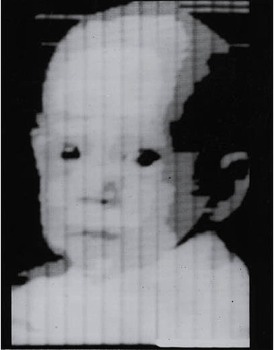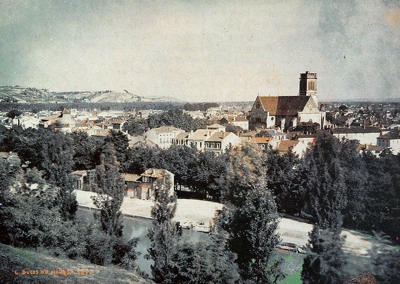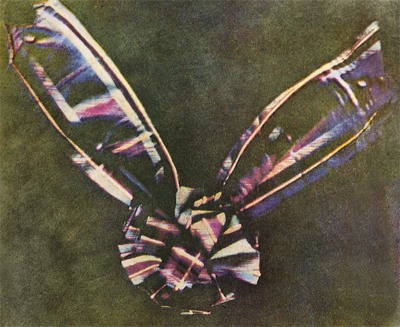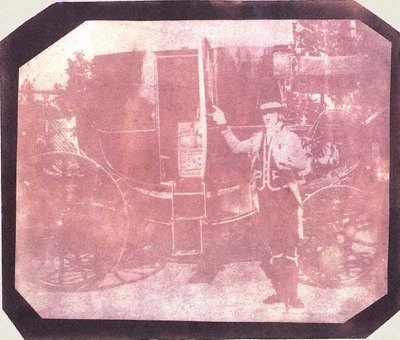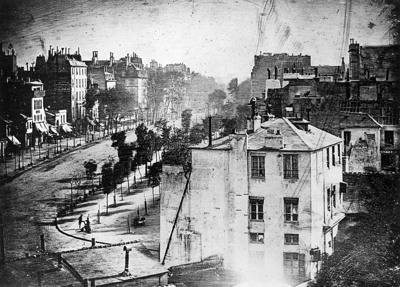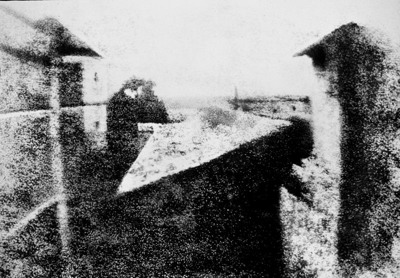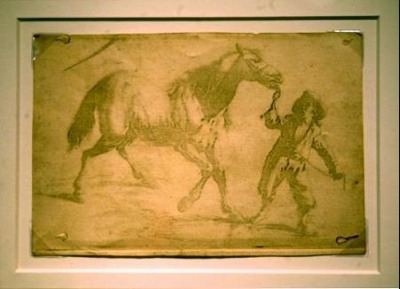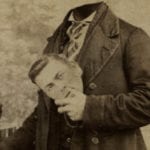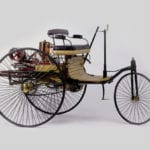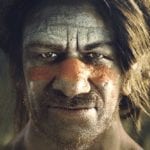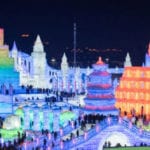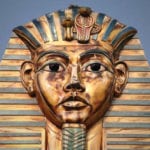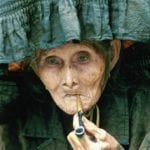 Weird Stuff
Weird Stuff  Weird Stuff
Weird Stuff  Our World
Our World 10 Ways Your Christmas Tree Is More Lit Than You Think
 Movies and TV
Movies and TV The 10 Coolest Stars to Set Sail on The Love Boat
 History
History 10 Things You Didn’t Know About the American National Anthem
 Technology
Technology Top 10 Everyday Tech Buzzwords That Hide a Darker Past
 Humans
Humans 10 Everyday Human Behaviors That Are Actually Survival Instincts
 Animals
Animals 10 Animals That Humiliated and Harmed Historical Leaders
 History
History 10 Most Influential Protests in Modern History
 Creepy
Creepy 10 More Representations of Death from Myth, Legend, and Folktale
 Technology
Technology 10 Scientific Breakthroughs of 2025 That’ll Change Everything
 Weird Stuff
Weird Stuff Ten Bizarre Facts About The Doge Meme
 Our World
Our World 10 Ways Your Christmas Tree Is More Lit Than You Think
 Movies and TV
Movies and TV The 10 Coolest Stars to Set Sail on The Love Boat
Who's Behind Listverse?

Jamie Frater
Head Editor
Jamie founded Listverse due to an insatiable desire to share fascinating, obscure, and bizarre facts. He has been a guest speaker on numerous national radio and television stations and is a five time published author.
More About Us History
History 10 Things You Didn’t Know About the American National Anthem
 Technology
Technology Top 10 Everyday Tech Buzzwords That Hide a Darker Past
 Humans
Humans 10 Everyday Human Behaviors That Are Actually Survival Instincts
 Animals
Animals 10 Animals That Humiliated and Harmed Historical Leaders
 History
History 10 Most Influential Protests in Modern History
 Creepy
Creepy 10 More Representations of Death from Myth, Legend, and Folktale
 Technology
Technology 10 Scientific Breakthroughs of 2025 That’ll Change Everything
Top 10 Incredible Early Firsts In Photography
I love photography, and while I am not a particularly talented artist behind the lens, I get many hours of enjoyment out of it. Combine that with my love of history and we were bound to eventually have a list of incredibly historical firsts in the realms of photography. This list works in reverse chronological order and focuses mainly on the earliest years and most significant breakthroughs in photography.
Technically, this is the very first digital photograph – all these years later, digital cameras are only just beginning to have the full capabilities of film cameras. Russell Kirsch was a computer pioneer at the National Institute of Standards and Technology in the USA when he developed the system by which a camera could be fed into a computer. The photo is of Kirsch’s three month old son Walden and it measured a mere 176×176 pixels. Baby Walden now works in communications for Intel.
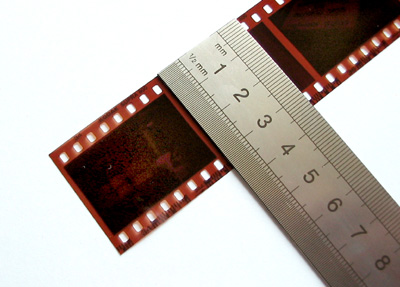
All those years after the first experiments in photography, Kodak in 1934 invented 35mm film which quickly became the most popular film type and continues to be so to this day. This film was pre-loaded into rolls with perforated edges and it made it possible to load the films into cameras in broad daylight. The film size was already in use in movie films, but it was not until Kodak made the still version in 1934 and Leica the first cameras to use it, that is moved into the world of still photography. The first 33mm still camera cost $175 (equal to around $3,000 today).
Historic films are very popular and they all attempt to recreate the period in which they are set. This film is the first celluloid film created and it gives us a true look at how people looked and, more importantly, carried themselves (in the case of the women in full corseted gowns). The film only lasts for two seconds but it is enough time to see the characters walking. It was recorded at 12 frames per second by French inventor Louis Le Prince. It was filmed at the home of Joseph and Sarah Whitley, in Roundhay, Leeds, West Yorkshire, England on October 14 and the people who appear are Adophe Le Prince (Louis’s son), Sarah Whitley, Joseph Whitley, and Harriet Hartley. Ten days after filming, Sarah Whitley (Le Prince’s mother-in-law) died. Two years later Le Prince vanished mysteriously from a train traveling between Dijon and Paris. Another two years later, Alphonse was found shot dead in New York after testifying at a patent trial against Edison by the American Mutoscope Company.
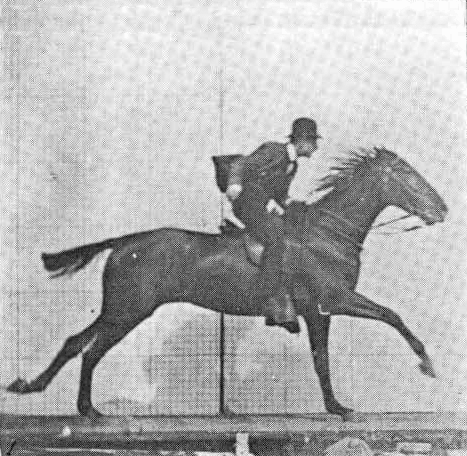
Using a series of trip wires, Eadweard Muybridge created the first high speed photo series which can be run together to give the effect of motion pictures. Muybridge is best known for his method of using multiple cameras to record motion and he also invented a device called a zoopraxiscope which was a forerunner of the modern motion picture projector. Another extraordinary photo-series created by Muybridge can be seen here.
This photograph was taken by Louis Arthur Ducos du Hauron who invented the subtractive (cyan, magenta, and yellow) color method of taking photographs. Louis was a French pioneer in color photography and he worked in both subtractive and additive (red, green, and blue) color. This particularly photograph is called “Landscape of Southern France”.
This is a photograph of a tartan ribbon. It was taken by James Clerk Maxwell by photographing the ribbon three times – each time with a different color filter over the lens. The three images were then developed and projected onto a screen with three projectors using the same color filters as the initial cameras. When the three images aligned, a full color photo appeared. The three original plates are now kept in Edinburgh, where Maxwell was born.
This is the very first photograph that intentionally has a human as its main subject. What is most striking to me about this photograph is that it shows a part of history which is now long gone (except in some royal households): a regular footman and a carriage – the common means of transport at the time as automated vehicles would not become common for another 40 years. The year this photograph was taken was the year that New Zealand became a British colony, that Queen Victoria married Prince Albert, and the year that the world’s first postage stamp was created. The photograph was taken by William Henry Fox Talbot, the inventor of the negative / positive photographic process.
This is the first photograph ever taken that captures the image of a man. The man is not clear and is slightly blurred (no doubt due to the long exposure required). The man can be seen in the foreground – fortunately he stood still long enough (getting his shoes polished) for the 10 minute exposure to include him. The image was taken by Louis Daguerre who invented the Daguerreotype – one of the earliest methods of photography. The French government purchased the rights to the daguerreotype and released it free to the world.
Incredibly, this same year Beethoven was still writing music, the Inquisition held the last public procession of penitent heretics (auto de fe) in Spain, and America’s second president, John Adams, died. Like the first photograph ever taken, this was taken by Nicéphore Niépce and it is the first photograph of a real scene (the first photograph was of a painting). It was taken with a camera obscura (an ancient optical device used for entertainment and drawing) and took eight hours to expose – hence the sunlight falling on both sides of the building. The photograph is called “View from the Window at Le Gras”. This is included not just because it was the first photo of a real scene, but also because it was believed to be the very first photo ever until 2002 when an earlier photograph was found – which leads us to item one…
This photograph was only discovered in 2002 and is now known to be the very first permanent photograph ever taken by Nicéphore Niépce – the father of photography. It is an image of an engraving of a man walking a horse and it was made using a technique known as heliogravure. The method involves a piece of copper covered with light sensitive bitumen. This metal plate is exposed to light and creates an image which is then transferred to paper. The image has been declared a national treasure by the French government and it sold for $392,000 at auction to the French National Library.
